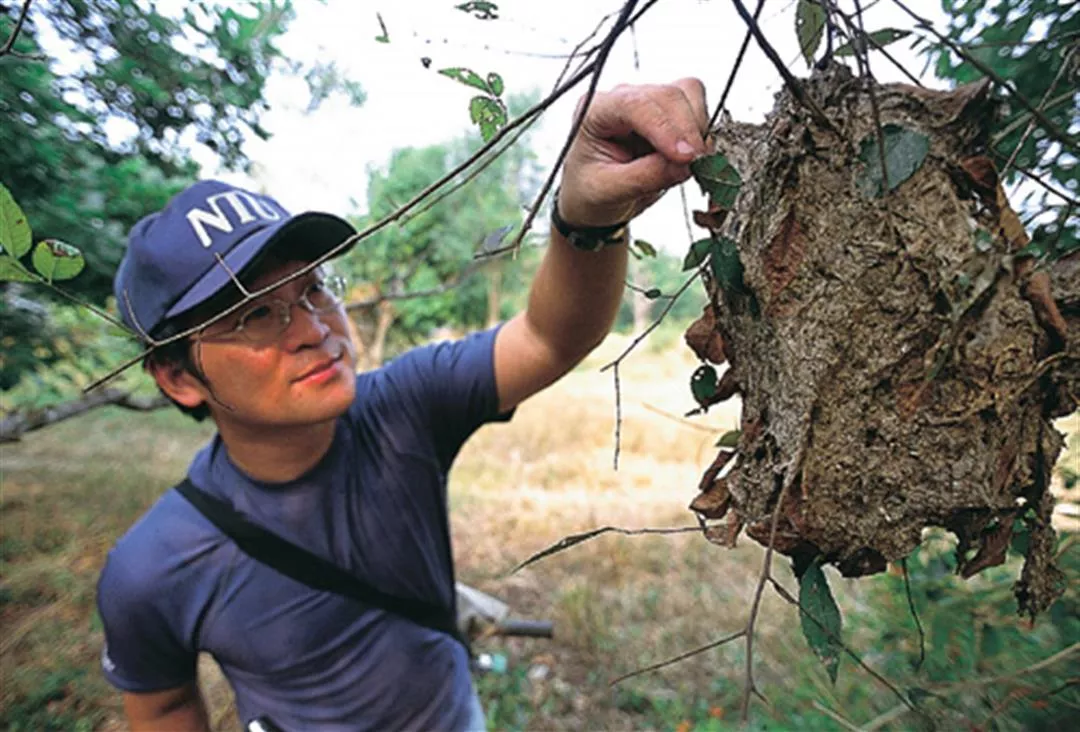Dances with ants
Lin first produced "A Comparison of Taiwan's Ants," a survey, taxonomy and specimen collection.
In 1990, Japanese scholars had collated all of the myrmecological literature on Taiwan and had found 197 species. Lin has spent more than ten years in the field building on this foundation and has increased the number of known species to 276. He has also collected specimens of 90-some species which had previously been identified but not collected.
Though it generally isn't difficult to collect ant specimens, there are a few unusual species that can drive a collector up a wall. Lin had to search for one such species for more than seven or eight years before finally collecting it.
"One ant of the genus Trocanilla," says Lin, "was previously unrecorded on the island. But it had been found in Japan, China and the Philippines, suggesting that it should exist in Taiwan as well." Lin explains that the ants of this species are very difficult to collect--not only do they spend their entire life hidden in the earth, but are now also facing extinction. While still a doctoral candidate, Lin stumbled across one on the Huisun Farm, but couldn't find the nest in the earth nearby. He made over a dozen trips to the farm over the next several years, but came away empty handed each time. It wasn't until much later, on a research expedition in Ilan's Fushan Botanical Park, that he finally stumbled across a nest. Lin discovered the deep-dwelling ants where they had come up close to the surface after a heavy rain. It was then that he learned that they usually live at a depth of 10-15 centimeters.
"You have to be able to bear loneliness to do basic entomological research," says Lin. Wu Wen-jer, who has been working with Lin since Lin was a student, says that taxonomists spend an incredibly long time preparing to enter their field. To have a sufficiently broad perspective, they must have a solid understanding of theory, including genetics, evolution and taxonomy. They also need a tremendous amount of experience in the field. A really good taxonomist is, without doubt, a modern naturalist, familiar on the one hand with the ecology and the environment, and on the other with genes and proteins.

Lin carefully peels back the outer layer of a black spiny ant nest so his students can see how the ants have woven it together out of larval silk and leaves.